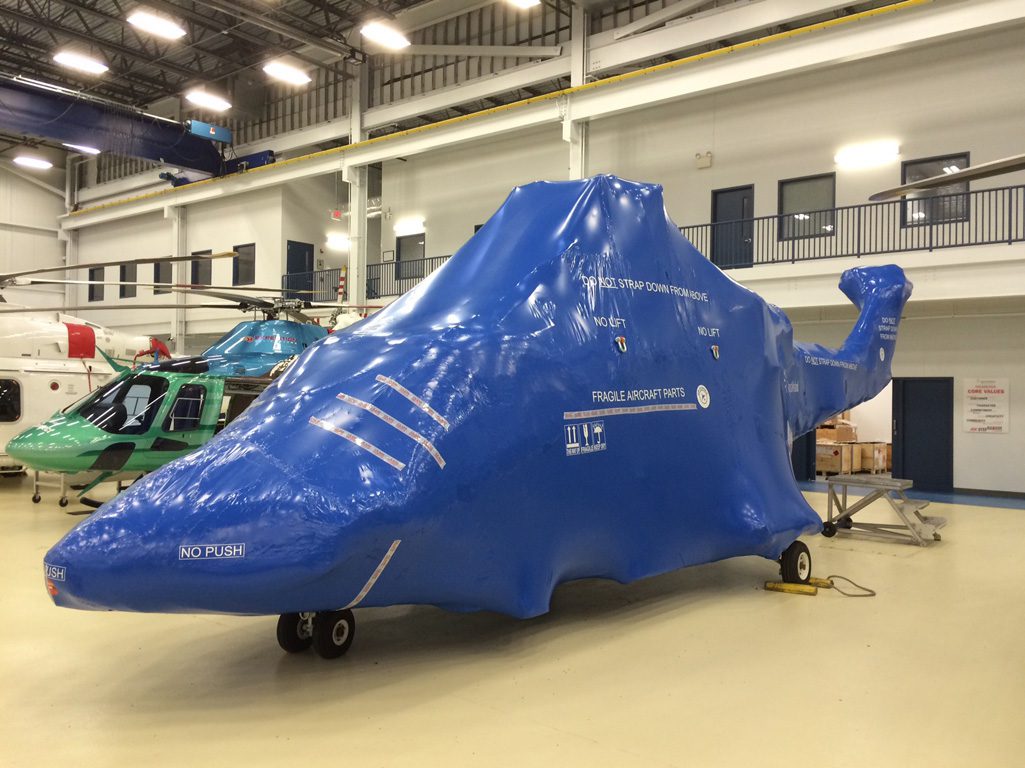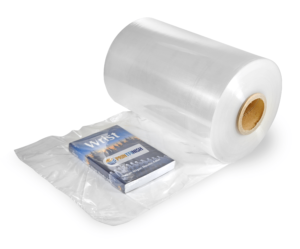In the ever-evolving world of aviation, where technological advancements are the norm, one surprising hero has quietly taken its place in safeguarding aircraft during periods of inactivity – shrink wrap. This unassuming material, commonly associated with packaging and insulation, has found a unique application in the aerospace industry.
The Importance of Aircraft Protection
Before we dive into the specifics of shrink wrap, let’s first understand why protecting aircraft is so vital. Aircraft, whether commercial or private, are significant investments that require meticulous care and maintenance. Exposure to the elements, particularly when grounded for extended periods, can lead to corrosion, fading, and other forms of damage. Therefore, implementing effective protection measures is essential to ensure the longevity and optimal performance of these high-value assets.
The Evolution of Aircraft Protection
Traditionally, aircraft protection involved basic methods such as covering surfaces with tarps or protective coatings. However, as technology advanced, the aerospace industry sought more innovative solutions to address the unique challenges posed by environmental factors and prolonged storage. This quest for improved protection paved the way for the unexpected entry of shrink wrap into the aviation scene.
Shrink Wrap: Not Just for Packaging
Shrink wrap, a versatile material known for its ability to contract when heat is applied, has been a staple in packaging and various industries. However, its application in protecting aircraft represents a fascinating intersection of innovation and necessity.
-
Material Composition and Characteristics
Shrink wrap used in aircraft protection is typically made from polyethylene or polyolefin materials. These materials offer durability, resistance to UV radiation, and flexibility, making them ideal for conforming to the intricate shapes of an aircraft.
-
Seamless Coverage
One of the key advantages of using shrink wrap is its ability to provide seamless coverage. When applied correctly, it forms a tight, protective layer that shields the aircraft from environmental elements such as rain, snow, and dust. This level of coverage helps prevent corrosion and minimizes the need for extensive cleaning and maintenance when the aircraft returns to service.
The Shrink Wrap Application Process
Now that we understand the material and its characteristics, let’s explore the step-by-step process of applying shrink wrap to an aircraft.
-
Surface Preparation
Before applying shrink wrap, the aircraft’s surfaces must be thoroughly cleaned and inspected. Any dirt, debris, or contaminants can compromise the effectiveness of the protective layer.
-
Measuring and Cutting
Shrink wrap comes in large rolls, and precise measurements are crucial to ensure complete coverage without excess material. Cutting the shrink wrap to the appropriate size requires careful consideration of the aircraft’s dimensions and contours.
-
Application and Heat Treatment
The shrink wrap is carefully draped over the aircraft, and heat is applied using specialized tools. As the material heats up, it contracts, conforming to the shape of the aircraft and creating a secure, protective seal.
-
Ventilation and Access Points
To prevent condensation and ensure proper ventilation, venting systems are integrated into the shrink wrap. Access points, such as zippers and doors, are also installed to facilitate inspections and maintenance without the need for complete removal.
Benefits of Shrink Wrap in Aircraft Protection
The utilization of shrink wrap in aircraft protection offers a multitude of benefits, contributing to its growing popularity in the aviation industry.
-
Cost-Effectiveness
Shrink wrap provides a cost-effective alternative to traditional protective measures. Its durability and resistance to environmental elements reduce the need for frequent cleaning and maintenance, ultimately saving on operational costs.
-
Time Efficiency
The application of shrink wrap is a relatively quick process compared to alternative protection methods. This time efficiency is particularly advantageous in situations where aircraft need to be stored or grounded temporarily.
-
Customization and Compatibility
Shrink wrap can be tailored to fit the unique specifications of each aircraft. Its compatibility with various shapes and sizes ensures that every part of the aircraft is adequately protected, from the wings to the fuselage.
-
Environmentally Friendly
Many shrink wrap materials used in aviation are recyclable, contributing to the industry’s commitment to sustainability. This eco-friendly aspect aligns with the growing emphasis on green practices within the aerospace sector.
Case Studies: Shrink Wrap Success Stories
To further highlight the efficacy of shrink wrap in aircraft protection, let’s explore a couple of real-world case studies where this innovative solution has made a significant impact.
-
Long-Term Storage Solutions
Shrink wrap has proven invaluable in protecting aircraft during extended periods of storage. In cases where planes are grounded for maintenance, repairs, or seasonal reasons, shrink wrap provides a reliable shield against the elements, ensuring that the aircraft remains in optimal condition when brought back into service.
-
Transportation Protection
During the transportation of aircraft components or entire planes, shrink wrap serves as an additional layer of defense. It guards against road debris, weather conditions, and other potential hazards encountered during transit, safeguarding the aircraft from damage before it reaches its destination.
Future Trends and Innovations
As technology continues to advance, the aerospace industry is likely to witness further innovations in aircraft protection. While shrink wrap has already established itself as a reliable solution, ongoing research and development may bring about enhancements such as smart shrink wrap with embedded sensors for real-time monitoring of aircraft conditions.
Conclusion
In the dynamic world of aviation, where every detail matters, the role of shrink wrap in aircraft protection stands out as a testament to innovation and adaptability. From its humble origins in packaging, shrink wrap has seamlessly integrated into the aerospace industry, offering a cost-effective, efficient, and environmentally friendly solution to safeguarding aircraft during periods of inactivity.
As we celebrate the one-year anniversary of “Wings Under Wraps,” it’s clear that the power of shrink wrap in aircraft protection is not just a passing trend but a transformative practice that continues to shape the future of aerospace maintenance and preservation.






